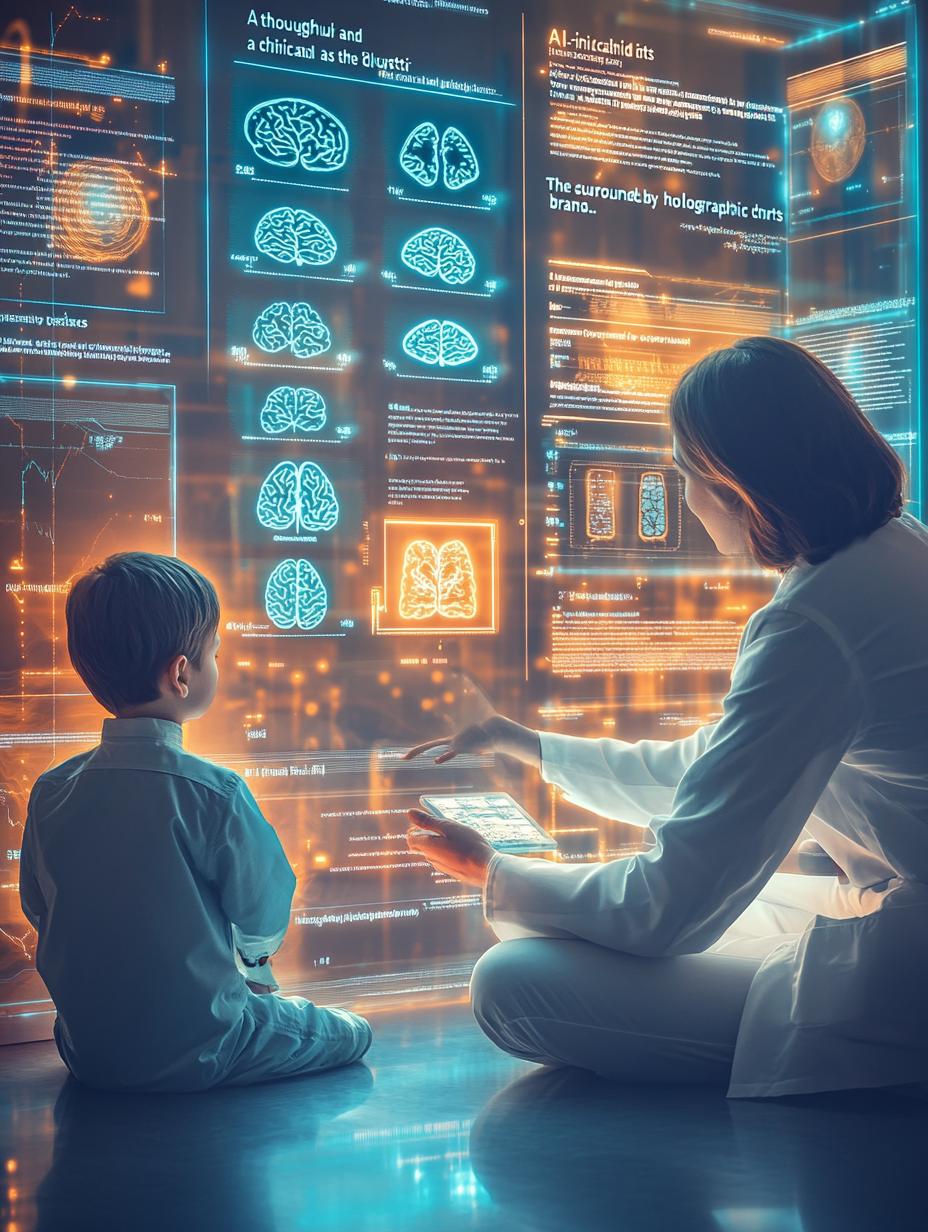Recently, I came across a stark warning from Anne Johnson-Orliss, former administrator turned founder of Minds Untapped.
As the father of a special needs child with autism, Anne’s cautionary tale is deeply disturbing to me — and should be for all of us parents with special needs kids in school.
She writes:
“For years, I was a public-school administrator, overseeing special education needs with pride and purpose. One thing hasn’t changed: I deeply care about children with disabilities.
School districts in 42 states backbill Medicaid for related services—occupational therapy, physical therapy, speech therapy—and cuts will strip $4 to $6 billion from schools that still must comply with IDEA and ADA.”
These programs aren't optional extras — they’re lifelines for our children.
And with the One Big Beautiful Bill (OBBBA) threat looming over Medicaid cuts of nearly $800 billion, the impact could be devastating — not just to Medicaid, but to public education lifelines and the futures they support.
What’s at Stake
Medicaid funding helps school districts fill gaps left by IDEA, which has never been fully funded.
Local property taxes make up the rest — but they’re already stretched thin from other mandates.
As Anne rightly points out:
Mandating without funding isn’t new — but slicing funding in half in a single bill is unprecedented.
Recent coverage reveals this GOP-led budget plan also slashes eligibility and funding for Medicaid and SNAP, disproportionately affecting children and families.
Add a property tax ban into the mix, and you're looking at a perfect storm:
-
Schools losing millions in therapy service reimbursement
-
Local districts unable to raise tax revenue even as costs rise
-
Families and staff caught in the middle — without recourse, without support
Expert Perspective: The Warning Bells
Dr. Anne Johnson-Orliss, CEO of Minds Untapped, put it bluntly:
“This administration in one Big Bill will gut Medicaid, remove children’s only source of healthcare, and slash public school funding all at the same time.”
She warns of an education caste system, where only those who can pay get help — and the rest fall through the cracks.
That’s not policy — it’s punishment.
(wshu.org +10 | cbcny.org +10 | signalohio.org +10 | nysba.org +1 | sfchronicle.com +1)
Real Families, Real Consequences
I know these families. I am one.
My daughter has autism. She needs speech therapy. She needs consistent services.
If Medicaid funding dries up, it’s our school that picks up the tab — or worse, cuts those services entirely.
Across the country, districts will face hard choices:
-
Freeze hiring
-
Stretch teachers thinner
-
Reduce service hours
-
Or let kids slip
That’s not reform — that’s rollback.
Why This Matters to All of Us
We’re not just talking dollars.
We’re talking:
-
Rights — guaranteed by federal law
-
Equity
-
Futures
Education isn’t a luxury. It’s a right.
Healthcare isn’t a burden. It’s a foundation.
Combating these cuts isn’t just bureaucratic — it’s moral. It’s personal.
What Can We Do?
-
Raise Awareness
Share this story with local leaders and ask:
“How will these cuts affect our kids?” -
Connect with Your District
Talk to administrators. Offer to help them speak up for their students. -
Engage Politically
Contact your representatives. Ask them to oppose unfunded mandates, property tax bans, and cuts to Medicaid. -
Join Forces
Nonprofits like Minds Untapped and local PTAs are already working.
Lend your voice, time, or expertise.
Our Moment to Choose
Anne Johnson-Orliss has spent decades in boardrooms and classrooms. She’s fought for better tech — and better access — for kids like mine.
We’re at a crossroads:
Do we let one budget bill undo decades of progress?
Or do we push back, speak up, and show what our communities truly believe in?
Because if we don’t, children with disabilities — our children — will pay the price.






